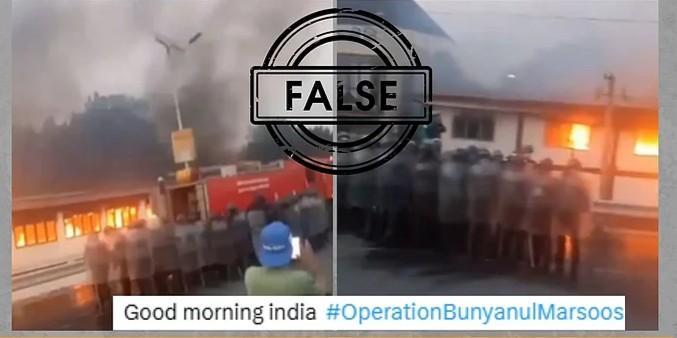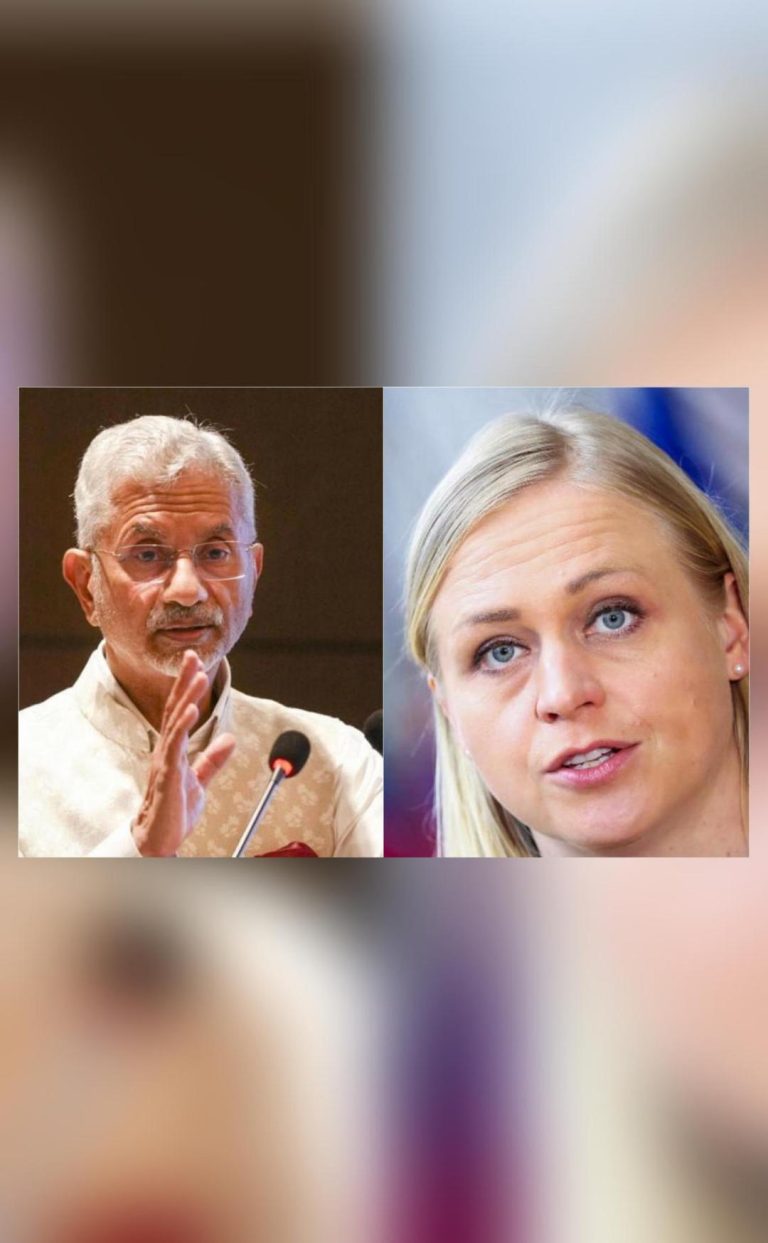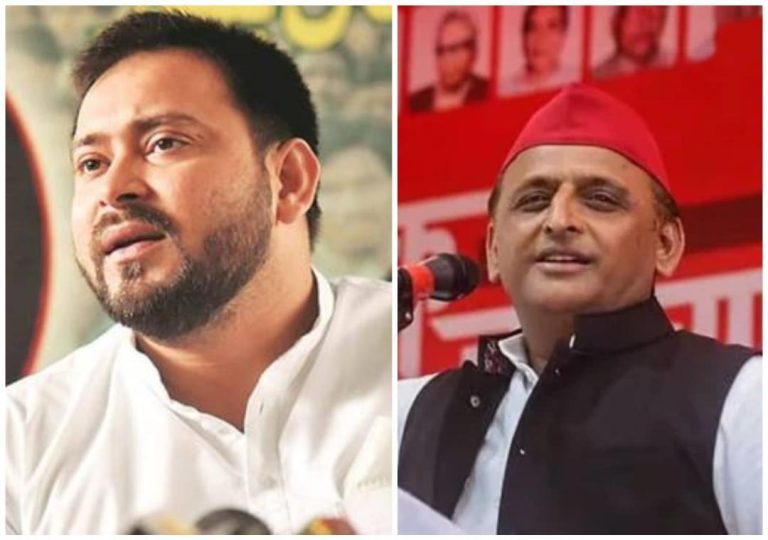
Video Shared as Pakistan’s Strike on Indian Buildings is from Fire in Nepal
In the era of social media, misinformation and fake news have become a major concern. With the rise of online platforms, it has become increasingly easy for false information to spread rapidly, often causing panic and chaos. Recently, a video showing multiple buildings on fire has been shared online with a false claim that it shows burning buildings in India due to an attack by Pakistan. However, according to a fact-check by The Quint, the claim is entirely false.
The video, which has been circulating on various social media platforms, shows several buildings engulfed in flames, with smoke billowing into the air. The caption accompanying the video claims that it shows the aftermath of a Pakistan-backed attack on Indian buildings. But, is this really the case?
To find out, The Quint conducted an investigation and discovered that the video is not from India at all, but from a fire that broke out in Nepal during pro-monarchy protests in March. The incident occurred when a group of protesters set fire to a building in the capital city of Kathmandu, sparking widespread chaos and destruction.
The Quint’s fact-checking team analyzed the video and found that the buildings in the footage are similar to those in Kathmandu, and the style of construction and architecture are also consistent with those found in Nepal. Furthermore, the team was able to verify the date and location of the incident, which was March 2023, using local news reports and eyewitness accounts.
The Quint’s investigation also found that the video has been circulating online since March, long before the recent claims of a Pakistan-backed attack on Indian buildings. This suggests that the video was not created specifically to spread misinformation about a recent event, but rather was simply shared again with a false caption.
This incident highlights the importance of fact-checking and verifying information before sharing it online. Social media platforms have become a breeding ground for misinformation, and it is essential that we be cautious and critical when consuming information online.
In this case, the false claim about the video has caused unnecessary panic and tension between two countries that have a complex and often fraught relationship. It is essential that we promote media literacy and critical thinking skills, especially in the digital age, to ensure that we are not swayed by false information.
Moreover, the incident also underscores the need for responsible reporting and fact-checking by media outlets. As journalists, we have a responsibility to verify information before sharing it with the public, and to correct false claims when we find them. This is essential not only for the integrity of our work, but also for the well-being of individuals and communities who may be affected by misinformation.
In conclusion, the video shared online showing buildings on fire is not from Pakistan’s attack on Indian buildings, but from a fire that broke out in Nepal during pro-monarchy protests in March. It is essential that we be cautious and critical when consuming information online, and that we promote media literacy and critical thinking skills. We must also ensure that we verify information before sharing it, and correct false claims when we find them.
Source:






